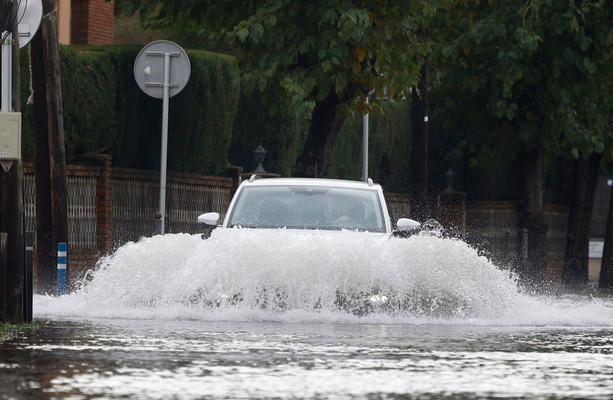Protests Erupt in Papua Against Government’s Transmigration Plan
In a significant expression of dissent, Papuans have taken to the streets to protest the Indonesian government’s recently announced plans to resume its controversial transmigration program. This resurgence of the transmigration initiative, which aims to relocate people from densely populated areas to Papua, has raised alarm among local inhabitants who fear it may threaten their way of life and exacerbate existing cultural tensions. The protests began on November 2, 2024, in multiple locations throughout Papua, including Jayapura, the provincial capital.
Background of the Transmigration Program
The transmigration policy, established in the 1970s, was originally intended to alleviate population pressures in Java and other crowded regions by relocating citizens to less populated areas, including Papua. However, this program has faced extensive criticism over the years, particularly from indigenous Papuans, who argue that it undermines their land rights, cultural integrity, and environmental sustainability. Previous waves of transmigration have led to significant demographic shifts, causing a sense of alienation and resentment among native communities.
The Current Situation
On November 2, thousands of residents gathered to voice their opposition against the government’s plans. Holding placards bearing messages such as "Stop the Transmigration!" and "Protect Our Land!", the demonstrators marched through the city streets. Key figures among the protestors included local tribal leaders, environmental activists, and youth groups. Sarah Wena, a prominent indigenous rights advocate, stated, "Transmigration is not a solution; it is a threat to our culture and our future. We will not stand by while our land is taken from us."
Government’s Response and Implications
The Indonesian government has defended its decision to resume the transmigration program, arguing that it is necessary for development and economic growth in Papua. An official from the Ministry of Home Affairs, who spoke on the condition of anonymity, stated, "This program is designed to provide better opportunities for those in overpopulated regions while also aiding in the development of Papua."
However, critics argue that the government has failed to conduct adequate consultations with local communities. The lack of engagement has heightened fears among Papuans about the potential impacts on their environment and livelihoods. With the region’s natural resources already under strain from mining and logging, many question whether the government has considered the long-term consequences of relocating more people into Papua’s fragile ecosystems.
The Broader Context
Indigenous rights activists have long claimed that initiatives like transmigration often lead to exploitation of local resources, resulting in socio-economic disparities. This pattern is recurring not only in Papua but also in various regions where indigenous populations exist. According to the global non-profit organization Survival International, "These policies contribute to the systemic marginalization of indigenous people, stripping them of their rights to land and culture."
Future Prospects and Technologies’ Role
In the digital age, the influence of technology on activism has become pronounced. Social media platforms have provided Papuans with a critical tool to organize protests, share information, and raise awareness about their struggles. These digital tools allow community voices, often overlooked in mainstream media, to reach a global audience, garnering widespread support for their cause.
Encouraging Engagement and Action
The situation in Papua serves as a reminder of the ongoing struggles faced by indigenous populations across the globe. Activists encourage individuals to stay informed and engaged by following developments related to the transmigration program. Readers can connect with local organizations and digital campaigns advocating for indigenous rights and environmental protection.
Additionally, to understand more about the technology behind grassroots movements, articles on platforms like TechCrunch and The Verge may provide insight into the intersection of activism and technology.
The protests in Papua highlight the power of peaceful demonstration in advocating for change and protecting local cultures. The question remains: how will the Indonesian government respond to these calls for dialogue? As activists work to raise their voices and protect their communities, the world watches closely.
Engage with us in the comments—what are your thoughts on the Indonesian government’s transmigration plans? How do you think technology can further influence social activism? Share your insights and let’s foster a constructive conversation!

